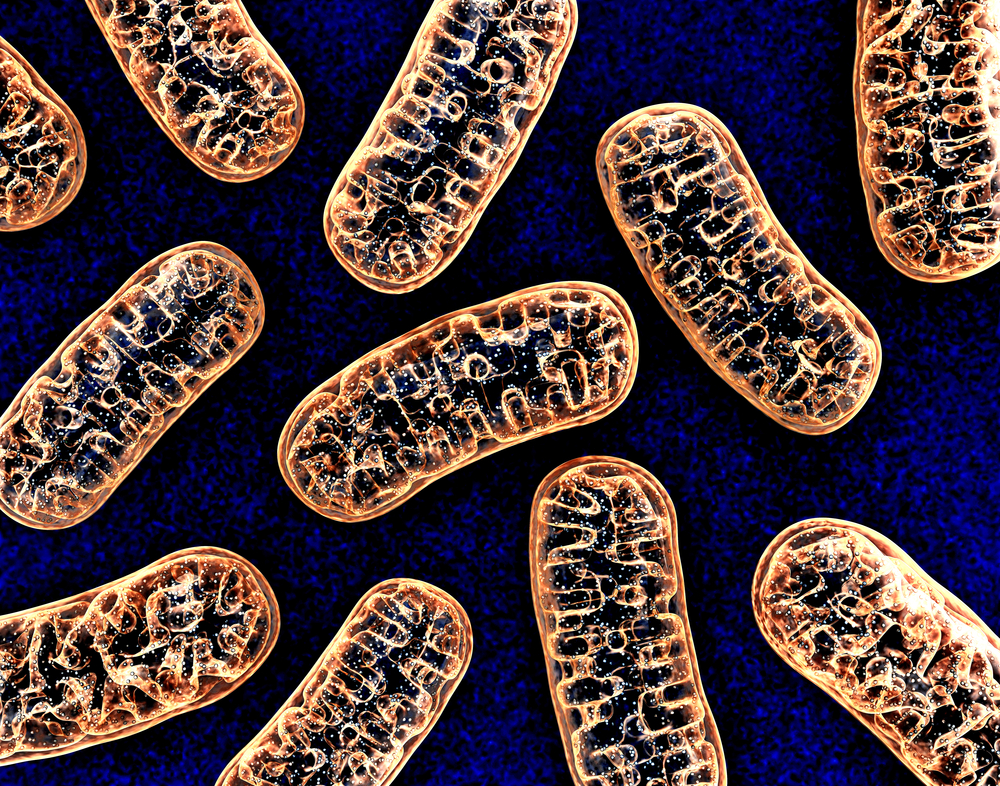Yeast Model May Help Assess CMT4A Mutations

A yeast model could be used to assess the biological consequences of mutations in the GDAP1 gene, which can cause Charcot-Marie-Tooth type 4A (CMT4A).
The model was described in “Pathogenic Effect of GDAP1 Gene Mutations in a Yeast Model,” a study published in the journal Genes.
CMT can be caused by mutations in more than 80 different genes. An ongoing challenge for researchers and clinicians is figuring out how particular mutations (genotypes) are connected with disease manifestations (phenotypes), and the biological mechanisms that underlie these connections.
GDAP1 provides instructions for making a protein whose precise role is unclear, but is known to be involved in the functioning of mitochondria, which are cellular structures responsible for energy production.
Different mutations in GDAP1 have been linked with a wide range of disease manifestations, presumably due to underlying differences in biology. However, deciphering the biological consequences of a given GDAP1 mutation can be difficult, particularly for newly-discovered variants or those that are particularly rare.
Researchers in Poland developed a yeast model to study the effect of GDAP1 mutations. Yeast are single-celled eukaryotes. They have a membrane-bound nucleus and an overall cellular organization that makes them and more closely related to humans than to bacteria. And, like bacteria, yeast are easy to grow and study in the laboratory.
“The ability to test in a simple yeast-based model is attractive due to its ease of use and low cost,” the researchers wrote.
They inserted human GDAP1 in yeast cells — either the wild-type (normal) version, or one of eight mutant forms previously demonstrated to cause CMT4A.
Results first showed that none of the GDAP1 variants changed growth of normal yeast. They then set out to find ways to distinguish mutant GDAP1 from wild-type GDAP1 in these cells, specifically looking at mitochondria.
The team found that some of the GDAP1 mutations changed the location of the GDAP1 protein, as it was no longer in the mitochondrial membrane.
Notably, the researchers said that these “mislocalization” mutations tend to be associated with more severe disease in humans.
“We propose that because the localization of the GDAP1 protein to the mitochondrial membrane is critical for its function, the testing of GDAP1 location should be the first step in diagnosing the severity of a mutation,” they wrote.
Other GDAP1 mutations caused mitochondrial DNA to exit these structures toward the cell’s nucleus, indicating greater impairment and more severe mutations.
The researchers then proposed that GDAP1-mutant yeast might be limited in their ability to grow under certain conditions. Essentially, the idea is that these mutant yeast would have impaired growth when mitochondrial function is altered. This could be the basis of a quick and relatively simple way to test if a given mutation in GDAP1 limits the protein’s function — and, by extension, is likely a cause of CMT.
Such a model was devised using yeast engineered to lack a gene called CSG2, which is known to increase levels of toxic free radicals. While wild-type GDAP1 restored normal growth, mutant forms of this gene showed impairments, to differing degrees in each mutation.
“This supported our hypothesis that we should be able to identify conditions under which the presence of GDAP1 protein can be studied in a simple growth assay,” the researchers wrote. “This test may help to identify at least some of the loss-of-function alleles [gene copies] found in patients.”





